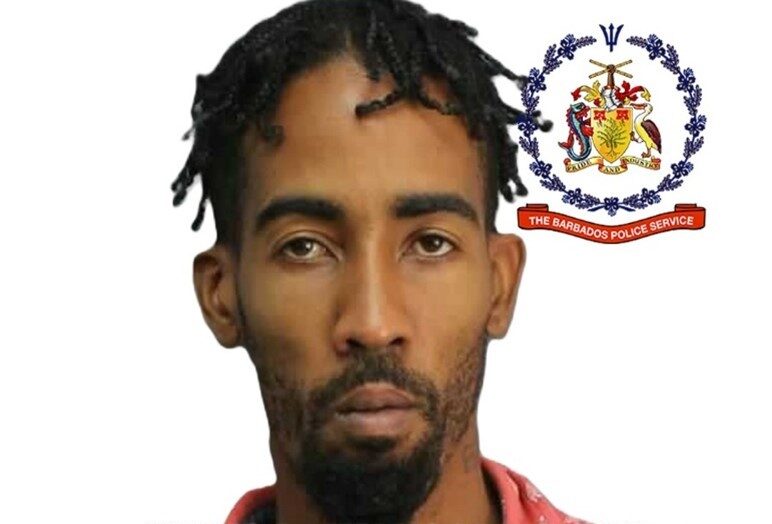Barbados Youth Offences: Media Report Reveals Alarming Incidence of Firearm Crimes

October 12, 2024
A recent media study by the Media Institute of the Caribbean reveals that close to 50% of youth offences in Barbados involve firearm crimes. The report highlights media limitations in investigating youth crime further.
Close to 50 per cent of reported youth offences in Barbados relate to firearm crimes, according to a just released media study.
In a virtual release recently, the Media Institute of the Caribbean (MIC), with support from the United Nations Development Programme (UNDP) and USAID, presented a report analysing media coverage of youth crime and human trafficking across Barbados and the Eastern Caribbean.
Covering a two-year period from June 2021 to June 2023, the report revealed the concerning statistic that 41 per cent of reported youth crime in Barbados involved firearm offences.
The report identified a gap in media resources to investigate the issue further, outlining that many outlets were constrained by limited staffing, training and the need to prioritise rapid content production over in-depth stories.
It stated that as a result, the issue of youth gun violence, while highly visible in media, often lacked information that would allow readers to understand its broader context within the Barbadian society.
In cases of youth crime, for example, it was suggested in the report that NGOs could provide critical insights into social factors such as family dynamics, poverty and educational access, offering a more holistic view of the problem.
In Barbados, Police Commissioner Richard Boyce already expressed concern about youth involvement in crime, noting that firearm offences had become particularly prevalent in incidents involving young people.
Data provided by the Royal Barbados Police Force recently showed that in 2022 alone, 904 individuals aged 29 and younger faced criminal charges, with serious offences making up 85 per cent of these cases.
The report, part of the broader CariSECURE 2.0 initiative, emphasised the critical role media could play in fostering public understanding and informing policy. It also highlighted some gaps in the current media landscape.
According to MIC’s findings, most media coverage relied heavily on police statements, press releases and official reports, with limited investigative work that explored root causes and community impact.
“Media coverage that skims the surface does little to advance public understanding or inform policy,” the report stated, calling for a shift toward deeper reporting practices that could bring to light the systemic issues behind these crimes and offer a more comprehensive picture of the state of youth involvement in gun violence.
Human trafficking, another serious and complex issue in the region, was significantly under-represented in Barbadian media, according to the report. Despite an increase in incidents involving trafficking, particularly affecting vulnerable Venezuelan migrants, coverage remained limited, it stated. The report found that only 44 trafficking-related stories were published in Barbados over the two-year study period.
This disparity, according to MIC’s lead researcher Kiran Maharaj, reflected not only a lack of resources in newsrooms but also a prioritisation of the issue.
“Media outlets must prioritise training that empowers journalists to uncover and report on these issues comprehensively and sensitively,” Maharaj explained, noting that trafficking coverage often required more background research and collaboration with organisations working directly with affected communities.
The MIC report also highlighted several structural challenges faced by media outlets in the Eastern Caribbean. Limited resources, small newsrooms and economic pressures, it said, often forced editorial teams to depend on readily available official statements instead of devoting time and personnel to investigative reporting.
In addition to addressing resource limitations, the report pointed to a general lack of training in investigative journalism techniques as a key barrier to more comprehensive coverage of complex issues.
The report also noted that the scarcity of data on human trafficking, for instance, meant that even when stories were reported, they were frequently based on anecdotal evidence rather than robust, verified data, which diminished their impact and depth.
To address these challenges, the report recommended several measures to empower journalists and improve the overall quality of reporting on sensitive issues. The MIC called for specialised training in investigative techniques and stronger partnerships between media outlets and non-governmental organisations (NGOs) to improve both data access and coverage depth.
The report said: “Stories that explore social interventions and preventive measures can provide a more comprehensive view, helping the public understand not just the crimes but the conditions that foster them”.
MIC’s findings further suggested that the Eastern Caribbean media environment could benefit from a more balanced and nuanced approach to reporting. The study emphasised that effective, well-rounded coverage had the potential to drive societal change by shaping public opinion and influencing policy on pressing social issues.
During the virtual release, Maharaj said, “By strengthening investigative capabilities and promoting balanced narratives, media outlets across the Caribbean can cultivate a more informed, engaged public.”


